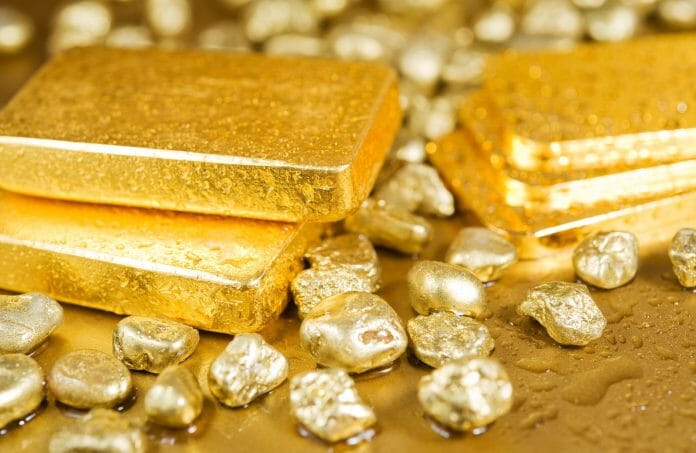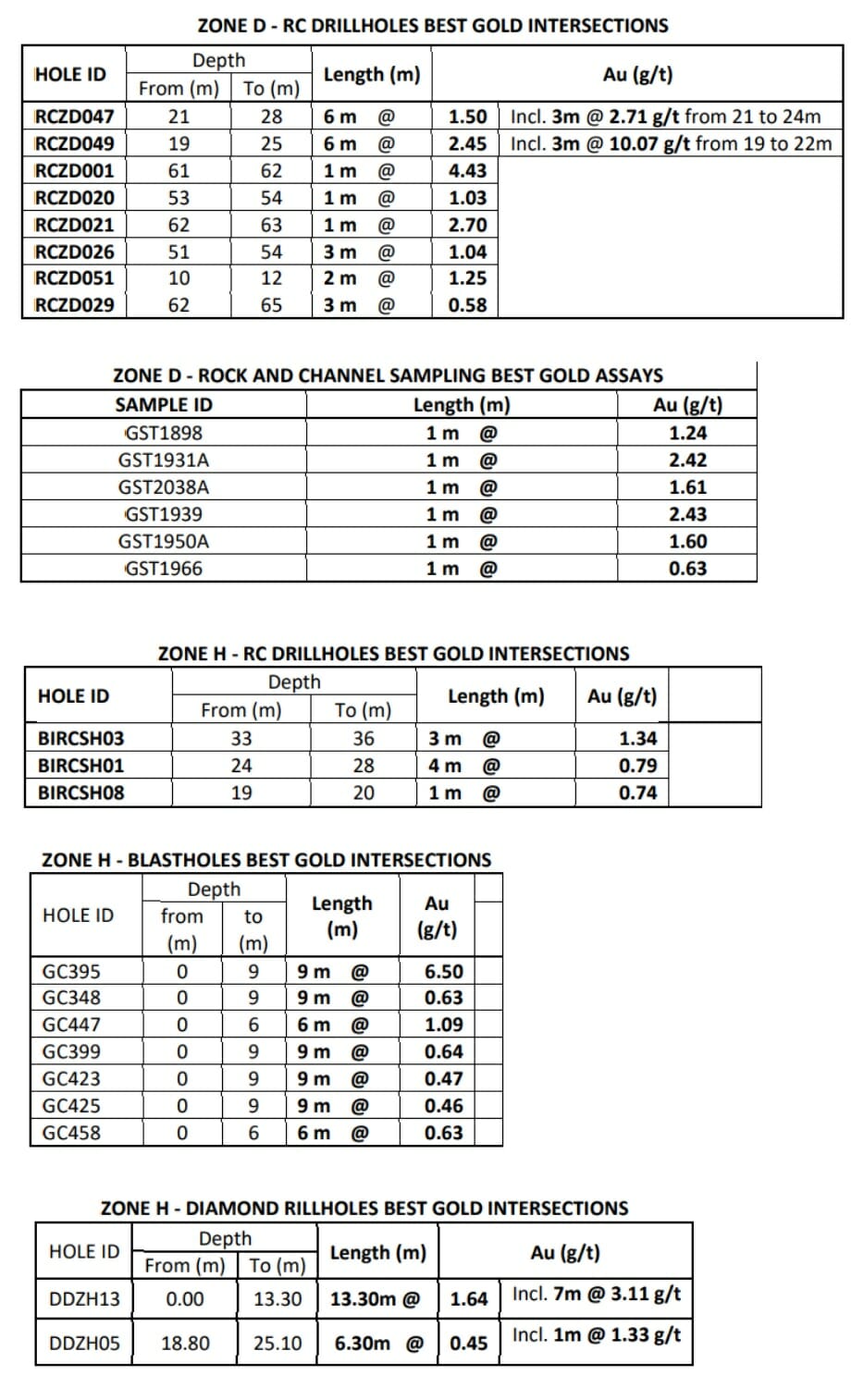In an announcement to Bursa Malaysia this evening (5 May), Borneo Oil Berhad (BornOil) said that it has completed the interim exploration works on Zones D and H at Bukit Ibam Gold Prospect, Pahang and that the overall potential for this combined area is estimated to be 400,000 tons of ore containing approximately 200kgs of gold with an average grade of between 0.3 and 0.5 g/t Au.
Both these zones are located in the eastern part of BornOil’s mining area, which remains to be explored in greater detail, including the zone between the two targets.
In today’s announcement, BornOil said that this zone extended on a 1.6 km mineralised trend between Zone D and H as indicated below:
“The results of the drilling works indicate that Zones D and H include multiple significant sections with economic values of gold,” said today’s announcement.
“Based on the recently detailed drilling, the southern half of Zone D, which extends over about 100m, represents a potential of about 25,000 tons of ore at an average between 0.3 and 0.5 g/t Au. By extrapolation to the whole of the 1.6 km trend, the overall potential for this combined area is to be estimated to be 400,000 tons of ore containing approximately 200kgs of gold with an average grade of between 0.3 and 0.5 g/t Au. However, these figures remain to be proven and confirmed by a systematic drilling and ground geophysical survey covering the 1.6 km trend.
“Diamond drilling will be used for several reasons: RC drilling results cannot be validated below the water table, which occurs at about -50m at Bukit Ibam, whereas diamond drilling recovers solid rock samples at any depth, which are used for a more precise understanding of the geology, lithology and structure of the deposit, as well as for preliminary metallurgical tests and finally, diamond drilling results must be used to validate those of the RC drill holes.”
In August 2020, Business Today had filed a report entitled “BornOil sitting on a lucrative gold mine in Bukit Ibam” and you can read about it here.
Today’s announcement explained that BornOil has recently embarked on a detailed sampling and drilling programme on several other of its primary gold targets.
“This programme has been carried out in Zone D and H, comprising of 15 diamond drill holes(1,390.5 metres), 127 blast drill holes (1,143 metres) and 77 Reverse Circulation (“RC”) drill holes (4,964 metres). A total of 1,962 samples from Zone H and 4,425 samples from Zone D were analysed,” it said.
The Bukit Ibam Gold Prospect is located in the south-eastern state of Pahang of Peninsular Malaysia, about 40 km to the north of Muadzam Shah’s city (“Prospecting Area”).
“The Prospecting Area covers two mining licenses comprising of 187 ha (462.08 acres) and 175.04 ha (432.53 acres). Zone D and H cover an area of 14.29 ha (35.59 acres)in the licensed mining area. The gold mineralisation is mainly in the form of free gold believed to be hosted by a set of fractured and silicified North-South intrusive sub-volcanic felsitic sills and possibly by a quartz vein parallel to the intrusive; these formations are hosted in the East Malay Peninsula permo[1]triassic volcano-sediment unit,” said the announcement.
“The system is affected by an oblique fracturation separating and slightly shifting the formations and resulting in a typical tectonic block faulting well marked in the topography by creeks and hills aligned with the North-South main structure. The type of mineralisation visible at the Prospecting Area is very similar in many aspects to other deposits of Peninsular Malaysia, including Raub, Penjom Selinsing, Tersang etc, where the gold is mainly controlled by felsitic sills and quartz stockworks.”
“Following the confirmation of JORC gold resources on Zone B dated 5th August 2020, the Company has recently embarked on a detailed sampling and drilling program on several other of its primary gold targets, mainly Zone H and Zone D, with a total of 15 diamond drill holes for 1,390.5 m, 127 short (9m depth each) blast holes for 1,143 m, and 12 RC drill holes for 539 m in Zone H, and a total of 65 RC drill holes in Zone D,” it explained.
“Trenching was also used to explore some zones where mineralisation was observed at the surface, including 135 samples in Zone H and 107 samples in Zone D. Most of the samples were prepared and assayed in the Company’s on-site facilities,” it added.










